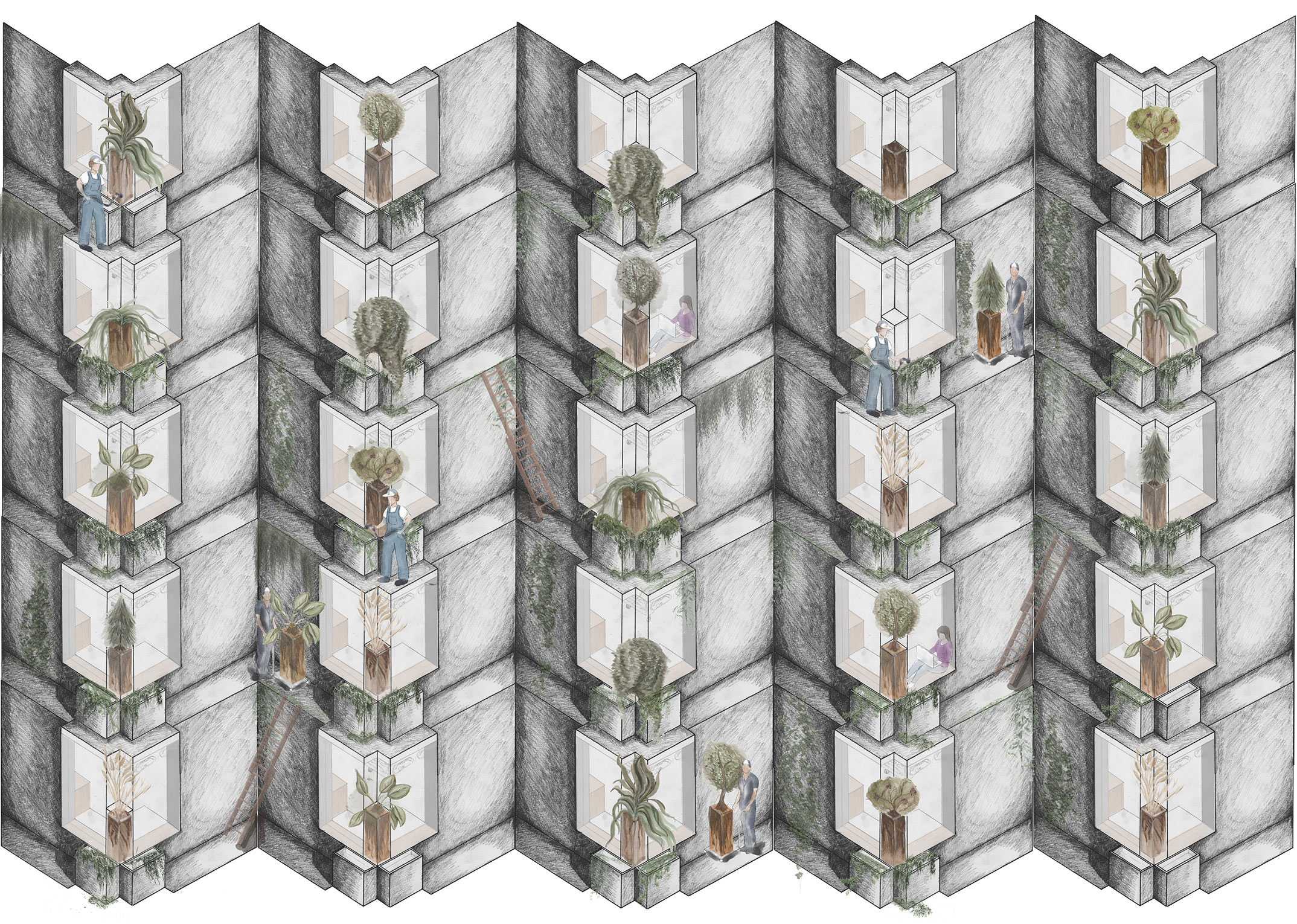How can healing be spatial? There is a direct correlation between the qualitative healthcare experience of a patient and their access to family support. In longer-term pediatric cancer care, where the presence of an adult (parent or guardian) is required, this is especially critical. A child’s hospital room must accommodate a minimum of two people, yet evidence shows most hospital rooms do not seem to do this with any sense of generosity. The current solution to this spatial dilemma comes in the form of multi-use furniture, only adequate for short periods of stay. In longer-term treatment, a patient’s room is their temporary home. ‘Temporary’ connotes a spectrum of durations in which a patient can be under the care of a hospital or care facility; ‘home’ connotes comfort and familiarity. My thesis focuses upon the patient and those who reside in the room alongside them, recognizing not only the importance of creating a space where the patient is ‘at home,’ but also considering the physical and mental well-being of the accompanying adult who is present. My thesis proposes a hospital room that advances patient agency over the possible configurations of the room how personal possessions can be arranged, displayed, and stored; where and in what proximity an adult may also choose to sleep, work, and support the child. Because access to the outside and the natural world is not an option for patients in treatment for serious illnesses like cancer, the room provides visual and spatial proximity to nature in the form of a landscaped architectural bay window. I want to make the patient feel as though the outside world is within reach, and that they have control over their environments.



